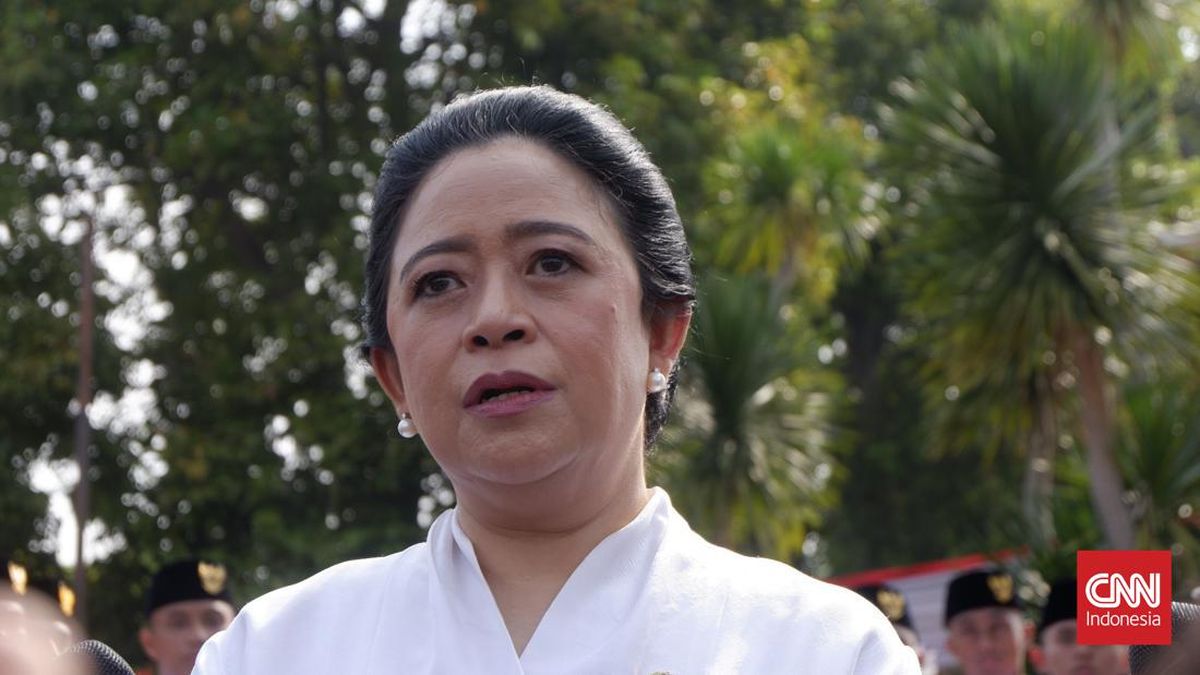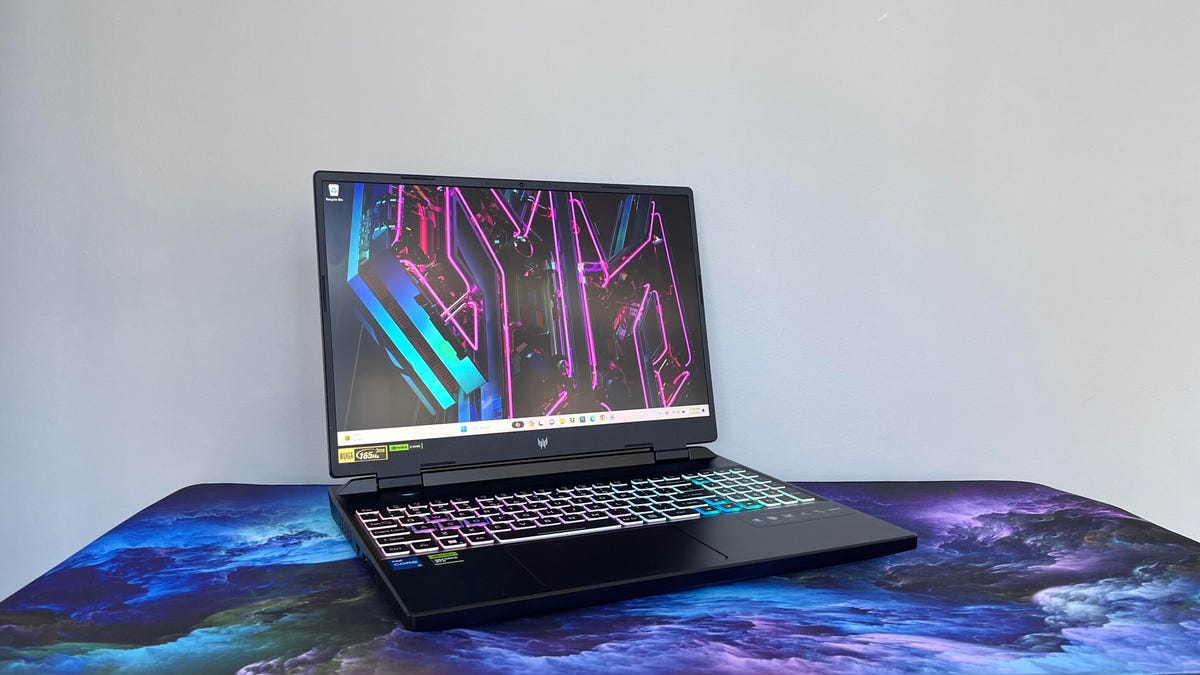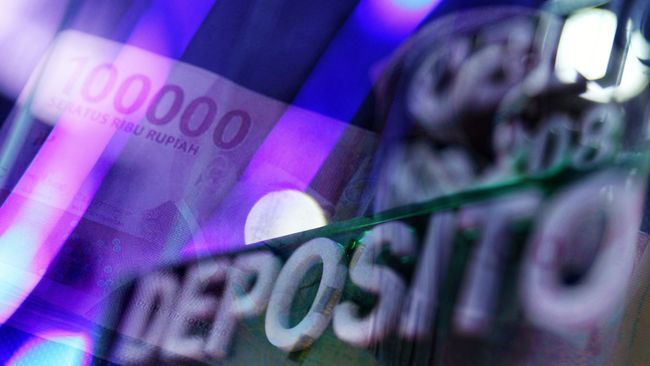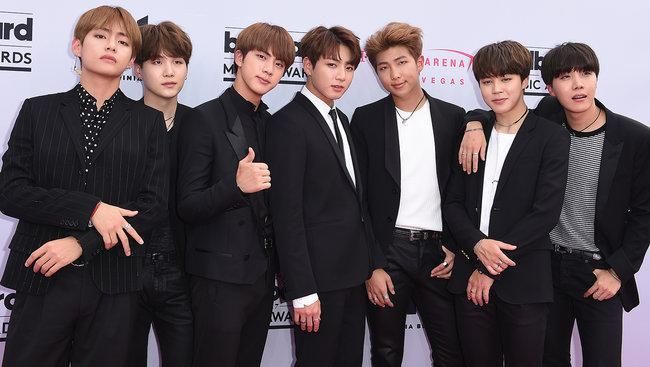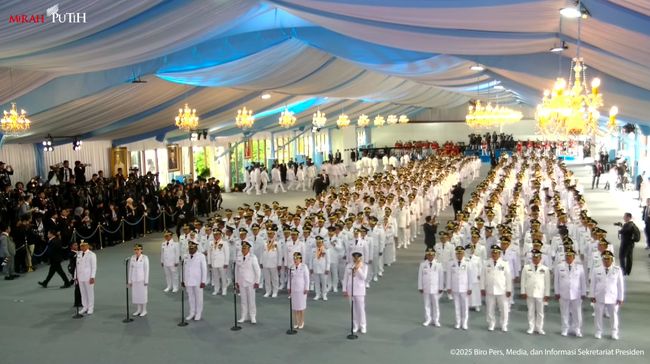The Epson EpiqVision Mini EF21, and its near-twin the EF22, are small, highly portable projectors with Google TV built in for streaming. They're both flexible enough that you can throw on a movie or TV show pretty much anywhere you have a wall and an outlet.
Roughly the size of a toaster, they're larger than most portable projectors, but smaller than traditional home projectors designed for more permanent placement. The main difference between the two is that the EF22 adds a gimbaled base, a feature I'm ambivalent on, so I focused on the EF21.

7.0
Epson EpiqVision Mini EF21
Like
- Great size and shape
- Google TV onboard
Don't like
- Mediocre contrast ratio
- Pricey (though often available cheaper)
While the size and design are great, performance is less than impressive, especially if you consider the price. With a retail price of $899 (roughly converts to £715 or AU$1,420), it's more expensive than more portable models, and significantly underperforms versus similarly priced "full-size" projectors. However, as of this writing, it's available for a lot less than usual, currently $650, making it a more interesting proposition.
Epson EpiqVision Mini EF21 key specs
No zoom or lens shift, but there is automatic focus.
Geoffrey Morrison/CNET- Resolution: 1,920x1,080 pixels
- HDR-compatible: Yes
- 3D-compatible: No
- Lumens spec: 1,000
- Zoom: No
- Lens shift: No
- Laser life (Normal mode): 20,000 hours
It was only a few years ago that projectors of this size and price would have been 720p, at best. It's great to see 1080p, or more precisely, it's great to not see 720p's big, chunky pixels. One notable loss, either due to size or price constraints, is that it has a far simpler lens than most projectors in this price range. There's no lens shift -- which, in fairness, isn't particularly common anyway -- but there's also no zoom. That's a bit of a bummer, since it means you'll need to physically move the projector to create a bigger or smaller image. Given its size and intended use, that's not a huge deal. More a mini deal, if you will.
Epson claims 1,000 lumens. I measured 502 with all the settings we typically use to measure and review projectors. The Dynamic mode was far brighter, at 1,044. It's worth noting that all projectors measure less than their claimed specs when set to show their best image quality. Epson is typically closer than most. The company has also sued manufacturers such as JMGO for over-inflating brightness specs, as this is something the FTC doesn't usually get involved with. Regardless, 502 lumens is brighter than most portable projectors, while not quite as much as larger projectors of a similar price. We'll get into that below. It is worth noting that the Dynamic mode didn't look as bad as these modes often do. So, if you're just looking to put it on a random wall, it's likely more than fine and plenty bright.
The Epson's contrast ratio is approximately 348:1. That's well below average, but in the ballpark of some even higher-end projectors. Epson's lower-end projectors typically have fairly poor contrast ratios. The EF21 is certainly in that ballpark, but is better than some.
As is the case with all modern laser (and LED) projectors, the light source should last the life of the projector.
Update April 2025: Due to an error on my end, the contrast ratio is higher than I originally measured. It's still quite low, just not as low as I originally said. I've re-measured it, and the numbers here represent those new measurements. This doesn't change our ratings or overall opinion of the EF21, as side-by-side testing plays a bigger part in our final take of a product.
Connections
- HDMI inputs: 1
- USB port: 1x USB-A (Additional mini-USB for service only)
- Audio output: Headphone output
- Internet: 2.4GHz/5GHz
- Remote: Not backlit
The EF21's single HDMI input should be plenty as it's designed to be a self-contained streaming machine, so all you'd likely want to plug in is a game console. Said streaming is via Google TV, so all the usual suspects are here: Netflix, Disney Plus, Hulu and so on.
There are two 5-watt drivers, tuned by Dolby, and they sound fine. These are small drivers in a small box, so don't expect Carnegie Hall. They're not super loud, nor is there much bass, but dialog is clear. There's a headphone output, so you can easily connect external speakers if you want.
The remote has dedicated Netflix and YouTube buttons, along with input, settings, brightness and volume.
Picture quality comparisons
I compared the EF21 with the Anker Mars 3 Air and the BenQ HT2060. I'll admit, they may seem like odd choices.
The 3 Air is smaller, and more portable, but it's of interest to someone looking for a projector like this. The BenQ is more than twice the size of the EF21, but only slightly more expensive. It's less portable, but still small and light enough to live on a shelf and get brought out for movie nights, just like the EF21. Which is to say, the EF21 is hard to compare to since it's in an odd middle-ground of size and price. I compared all three on a 1.0-gain screen.
I found the Mars 3 Air closer in performance to the EF21, so it made up the bulk of my comparison. The first noticeable thing was a difference in contrast. I measured an average of 348:1 with the EF21 and 405:1 with the 3 Air. That's fairly close, but side-by-side the black bars were grayer on the Epson, and the image was a little flatter. So side-by-side the Anker seems to have more depth and punch, though it's no standout in its field. The median contrast ratio I've measured in projectors for the last few years is 471:1.
Epson engineers have done a good job with other aspects of the image, however, so the EF21 fares better than you might expect. Its colors are more accurate and natural, so while it doesn't pop quite as much as the Anker, it is more pleasing to watch otherwise. Grass, sky and skin tones all look a little more realistic on the Epson.
A small foot at the front (top of image) can angle the projector upwards.
Geoffrey Morrison/CNETWith bright scenes, then, they're fairly well matched overall. The Epson's bit of extra brightness helps here as well. That also means you can have a larger image, which is still watchable, with the EF21 compared to the Anker. With dark scenes, however, blacks are grayer on the Epson and the Anker looks noticeably better.
What about the BenQ? Well, the only way it's even remotely a fair comparison here is because of the price. For an extra $100 the HT2060 is brighter, even in the EF21's brightest mode, has a significantly better contrast ratio (over 8.5x better), better color, and so on. There's really no competition here, it looks significantly better. Yes, it's also much larger, with a footprint of 14.4 inches by 9.6 inches, but it demonstrates that the Epson's $899 is a lot considering the performance you get.
Portable-adjacent
The case is available in diamond white (our sample), as well as quartz rose (a light pink), and opal green (a light green).
Geoffrey Morrison/CNETWith all the advancements to light sources and other electronics, I can certainly understand projector companies designing new models which fit in previously under-serviced niches. A model which is more lifestyle-oriented, with attractive designs and a variety of colors like the EF21, certainly makes sense. It's an easy sell to parents. who'd appreciate having something like this on hand for the occasional movie night or a distraction before bedtime.
Epson, however, is in a tough spot. Its lower-end LCD chips have never looked as good to my eye as DLP at the same price or lower. The contrast ratio just isn't there, so the image looks washed out in comparison. While the EF21's designers have done a great job making other aspects of the image look good, without at least the high brightness common with their other projectors, the EF21 falls short. This is especially true at $899, which is only $100 shy of the admittedly much larger BenQ HT2060, which outperforms it in every way. Is something at least twice as large really that much of a shelf-space burden when it's brighter and better looking? That's a calculation you'll have to consider since I can't see into your house (as far as you know).
The EF21 flanked by its gimbaled EF22 siblings.
EpsonAt its $650 sale price, the EF21 is far more interesting. It's more attractive on the outside than the Mars 3 Air, it's brighter and its image a little more pleasing otherwise. It's still a little more expensive, but close. Of course, the 3 Air has a battery so it's even more portable, but if that's what you're looking for I doubt you were considering the Epson to begin with.
So… yeah. There's nothing particularly wrong with the EF21, but it's expensive for its performance.

 3 hours ago
2
3 hours ago
2

